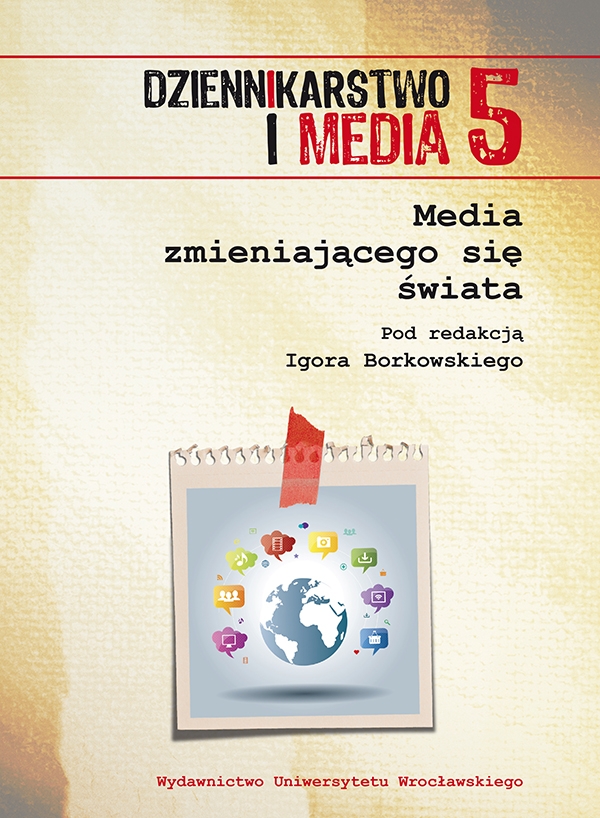

Articles

The communication of sacrum in the space of one European city
The author of the paper intended to analyze persuasive religious messages in a middle-sized European city, namely Wrocław. Knowing that the stereotypical intellectuality of Polish catholicism is usually placed in the 55+ generation, the author penetrated several locations of the city where any type of sacrum-oriented persuasion directed at this generation was visible.
Statistics show that “watching TV is the favorite leisure activity of almost all Poles above the age of 55. Over 98% of the surveyed answered positively to that question. Over 80% spend their time at church or listening to the radio,” claims a Public Opinion Research Center. This shows that the sacrum is mainly transmitted to the given audiences by the, co-called, old media. The question to answer, then, was how and to what extent the analog image of the world is present in the city messages dedicated to the religious. The other audience are young adepts of video games and electronic media who are well acquainted with messages and brands. I try to reconstruct the main theses of their communication activness towards the sacrum of the city, which is its greatest cultural attraction.
The main thesis of my presentation is the conviction that audiences of the new type only sporadically look for sacrum in the city, whereas the “analog” audience over 55 has not actually been educated towards the modern understanding of sacrum. And so I present the role of the most important religious institutions of Wrocław and I analyze their style of communicating with their audiences. The goal of the research is also to verify the communication instrumentarium controlled by the city and by the authorities from other churches and religions, all of which created a belief of the city’s inhabitants that Wrocław is a meeting place, or, perhaps, that this idea has failed or has become commercialized.